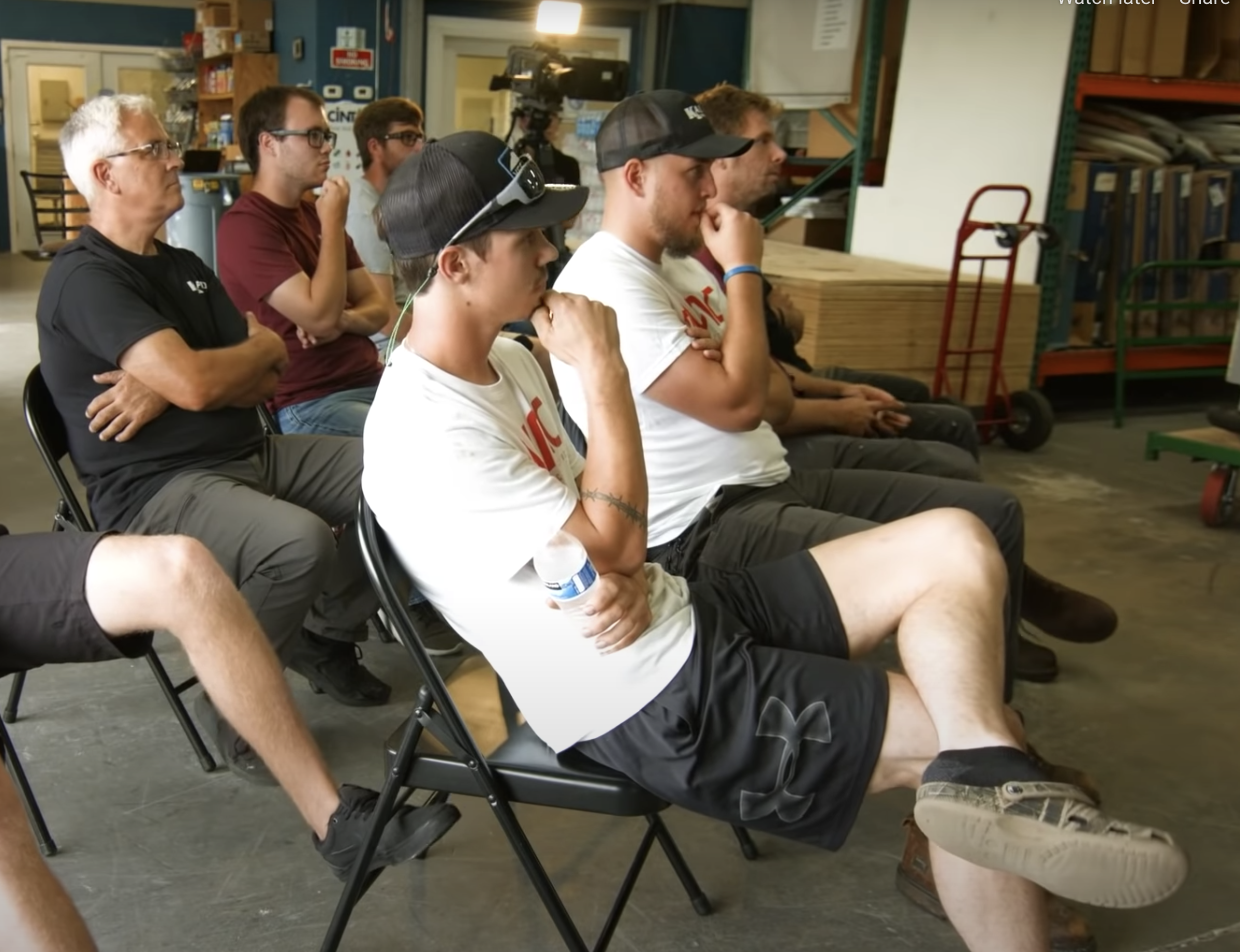Residential Low Voltage HVAC Troubleshooting Class P1
July 26, 2021


Circuit boards seem to trip up a lot of techs. Unfortunately, every circuit board has a different configuration, so it is difficult to teach the topic from a general angle. Instead, we can isolate the circuits and functions of a circuit board. Then, we can explain how those fit into the basics of electronic applications.
Techs will get a solid understanding of a system’s electronics by learning about the sequence of operation. Each system has specific terminal designations, and the tech should know what all of those are for. For example, the Y circuit on a split-cooling system energizes a contactor and is associated with the compressor and cooling. On a two-stage residential split-cooling system, both Y1 and Y2 must be energized for the system to function at full capacity.
However, the Y circuit is not necessarily associated with cooling on a heat pump system. So, saying that the “cooling call” is on the Y circuit is NOT accurate for all systems. During a cooling call on a heat pump system, you must energize O (usually orange) to enter cooling mode.
Consequently, memorizing circuit boards and electronic applications can be difficult for technicians who rely on memorization and don’t have a solid grasp of theory. Techs can, however, memorize the four basic components of the refrigeration cycle (evaporator, compressor, condenser, metering device) and the basic circuits on the low-voltage side for heat pumps and straight-cool systems.
Even though we say that many electrical failures are “shorts,” not many people know the true meaning of the term. A short happens when a circuit takes an unintended path. To diagnose a short, you have to know the intended path and see where the circuit tried to take a shortcut and bypass the load.
When the current bypasses the load, it experiences little to no resistance. Blown fuses and tripped breakers on the transformer indicate shorts. A fuse blows when too many electrons flow through it (the current is too high).
Another type of short that doesn’t involve a blown fuse. When wires rub out, the current may bypass the switch but not the load. We can refer to these as “switch-leg shorts.”
We also tend to misuse or overuse the word “common.” “Common” merely refers to a place where you connect things together. For example, the C terminal on a capacitor is the common point between two capacitors. On your compressor, the common terminal is the common point between the two windings (run and start). On a low-voltage circuit, common is the opposite of the hot side (24v); common if often connected to ground.
“Open” refers to a break in a path that may be designed or undesigned. For example, an open switch is designed; when a switch is opened, the electron flow stops. So, electricity stops flowing through the circuit, and the system components on the circuit shut off.
When using a multimeter, it is a good idea to set your meter on the ohm scale first. Voltage goes to the leads and will start looking for a path, so you can test your leads by putting them together. When using the ohm scale, make sure you differentiate between no ohms and infinite ohms. You can also test your multimeter by setting it to the volt scale and testing the leads on a known power source, such as an outlet.
As always, wear safety glasses when working on live circuits.
Check out our handy calculators HERE.
Comments
To leave a comment, you need to log in.
Log In